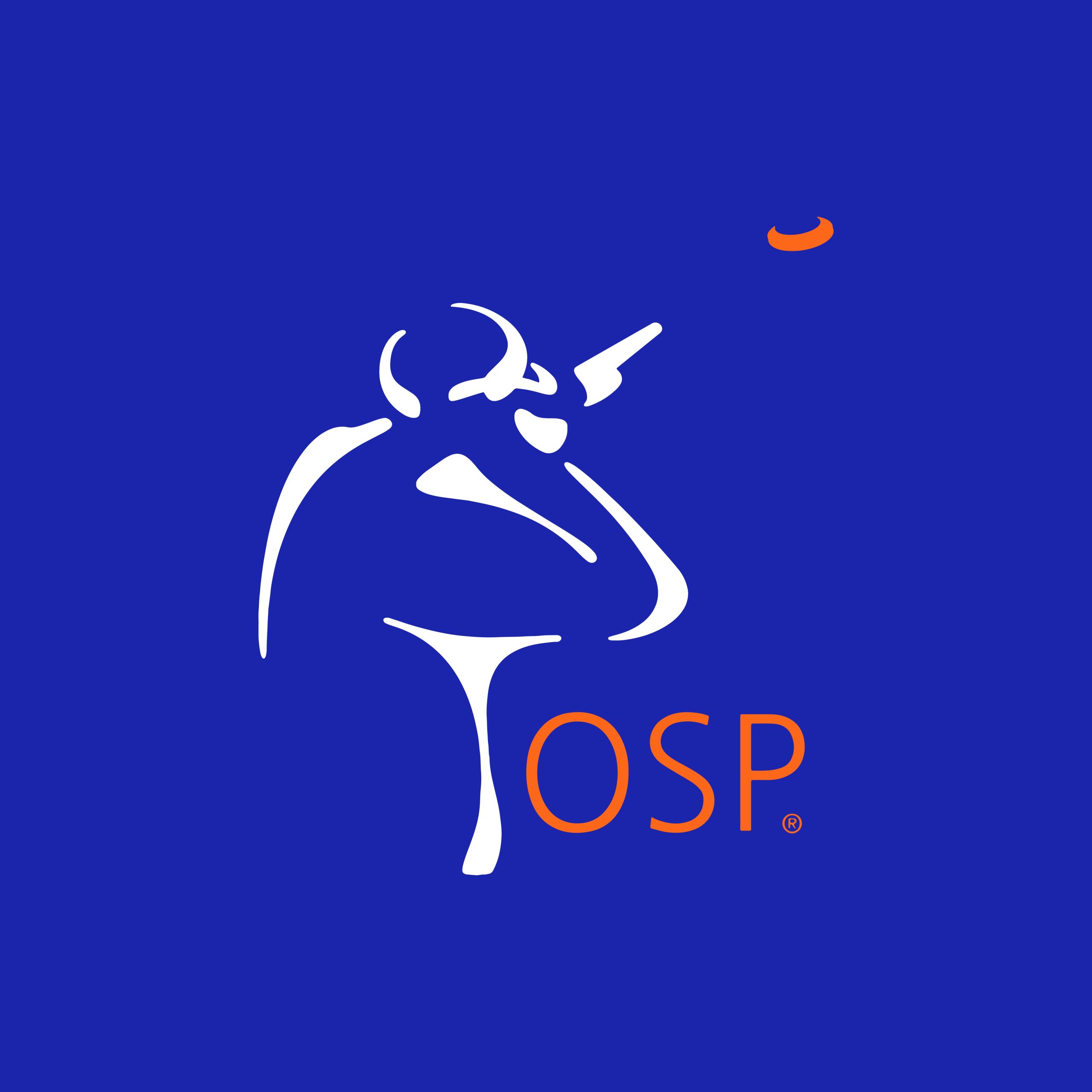Dispatch from the OSP Trail
Greetings from the OSP trail across the country. I’m looking forward to sharing some things I have learned from biting deep in my zone while teaching.
I had a lesson with Robert McClenagan and said something I have never said before. Robert was having trouble with mounting his gun softly to his shoulder, learning to let the bird come to the lead. If you don’t know what I’m talking about, check out my mounts in the Knowledge Vault’s video section.
The soft mount early with my nose on the bird well behind the gun is a little hard for some to grasp. The reason is they have been shooting for so long playing so close to the bird that their initial move is so fast. And as a result, it’s hard on their shoulder. By the way, that’s why almost all shooters have such a fast move they have been behind every bird they have ever tried to hit so they are always behind and in a rush. They equate gaining more time with mounting faster when in reality they are losing time for this one basic reason that came out of my mouth in my lesson with Robert.
When the mount is hard and fast, you must move the gun with the big muscles. But when it is soft, you move the gun with the little muscles. We have always known that body movement was less efficient than the hands and arms, but I had never said it that way.
This is why “cheek weld” is such a common misconception. The harder you grip and hold the gun against your shoulder and cheek, the less you are moving the gun with the small muscles and the more you must move it with the big muscles. In the end, the movement will be sluggish at best and totally controlled by your balance mechanism.
I’m still amazed at the aiming perception and how prevalent it is among all shooters, even those who say they understand you are not supposed to look at the gun.
The other “a-ha” that I had was when I was explaining the cyclopean effect in the brain. This is when the brain takes the two retinal images and combines them into one image. For right-handed shooters, the left-to-right sight picture is the easiest for the brain to convert because they are so similar. Both eyes see the bird to the left of the barrel. The right-to-left, on the other hand, is not as simple. And here is where I am beginning to feel that the perception of dominance comes into the picture.
The shooting (right) eye has an unobstructed view of the target to the right of the barrel, but the non-shooting (left) eye sees the target across the barrel. The barrel obstructs almost all of the bottom half of the image that the left eye sees, so when the brain tries to combine the image, their lack of similarity is in some cases confusing to the brain. What is “seen” by the brain is not as clear as the left-to-right picture.
Because it’s not as clear, the perception of dominance is blamed and the shooter closes or occludes the non-shooting eye and the confusion goes away which is shot because it is the non-shooting eye image that’s creating the confusion in the first place!
I’ve sent a message out to the scientists I know to see if what I’m talking about is real or perceived. Time will tell.
What we’re looking to create in the brain is a “suspended circuit” where the brain has understood what we want to see and has changed the interpretation to seeing one blob as the barrel and eliminated the nonessential image of the double image of the barrel. In the beginning, we were coaching shooters to just try and not see.




